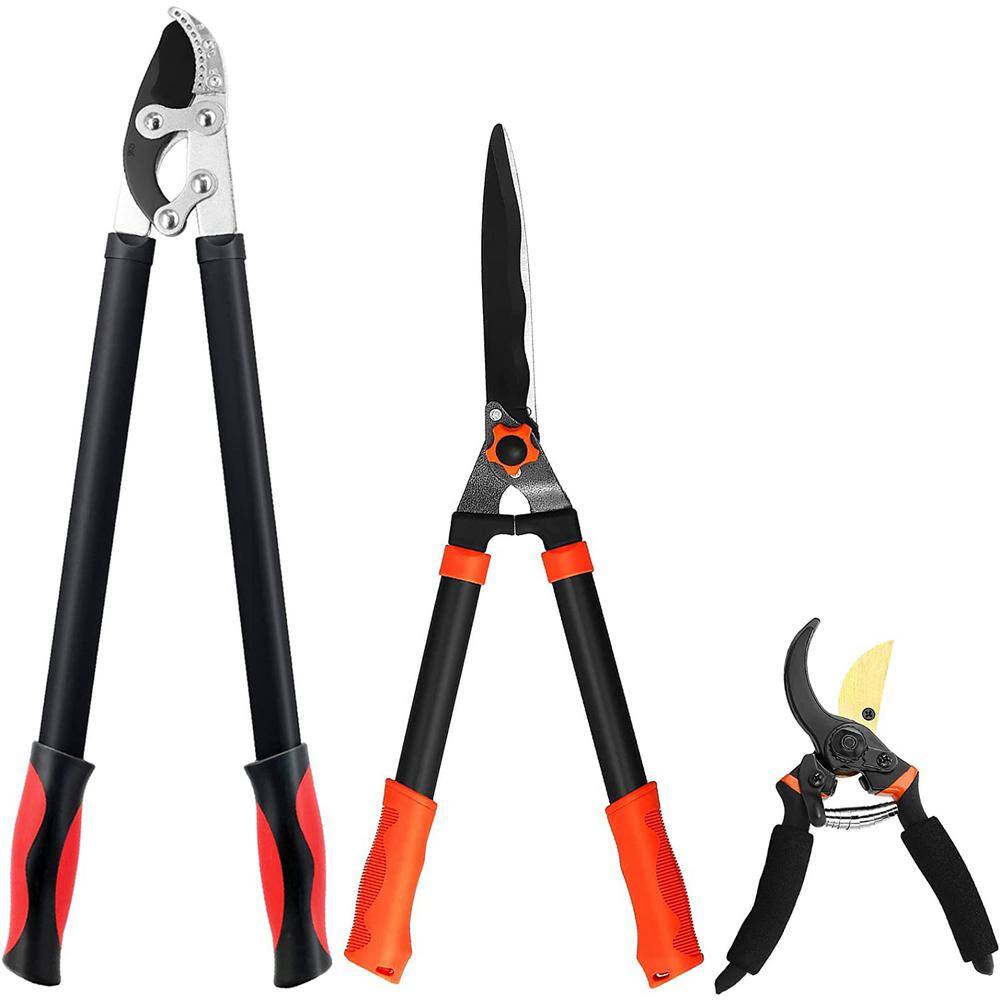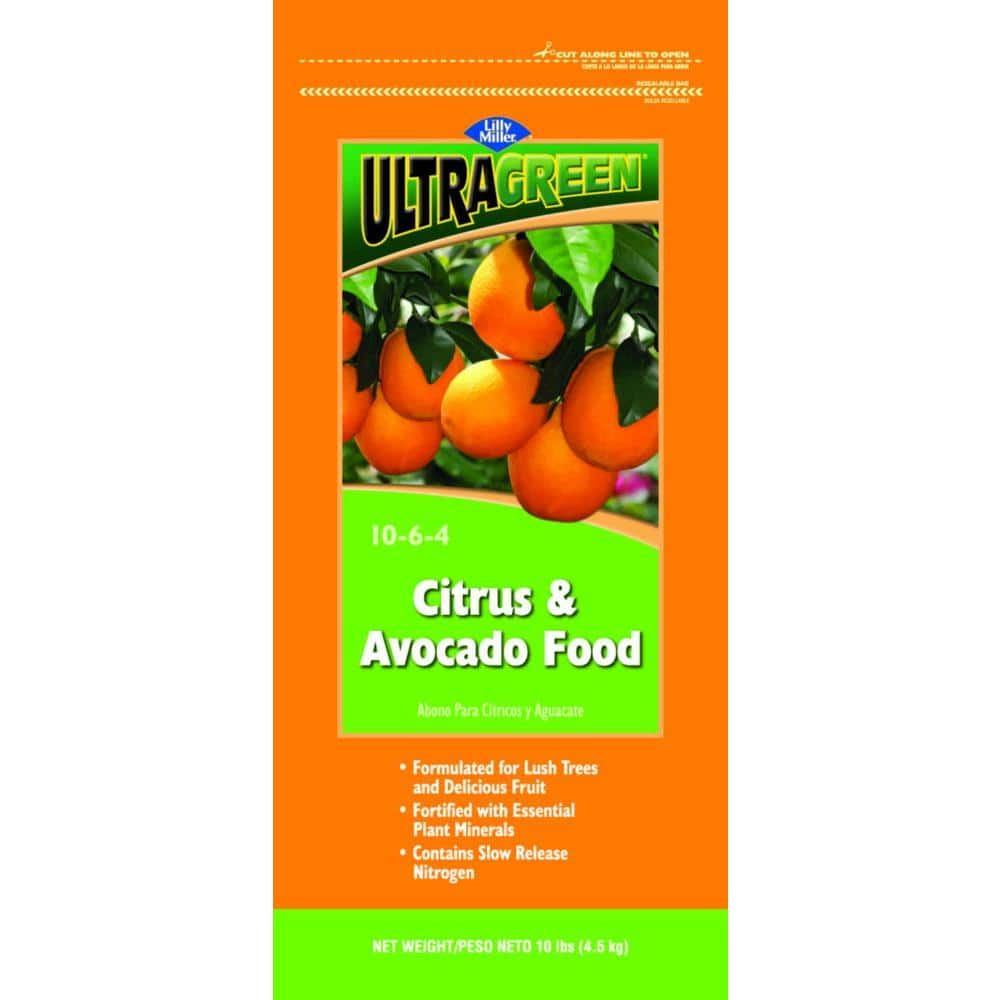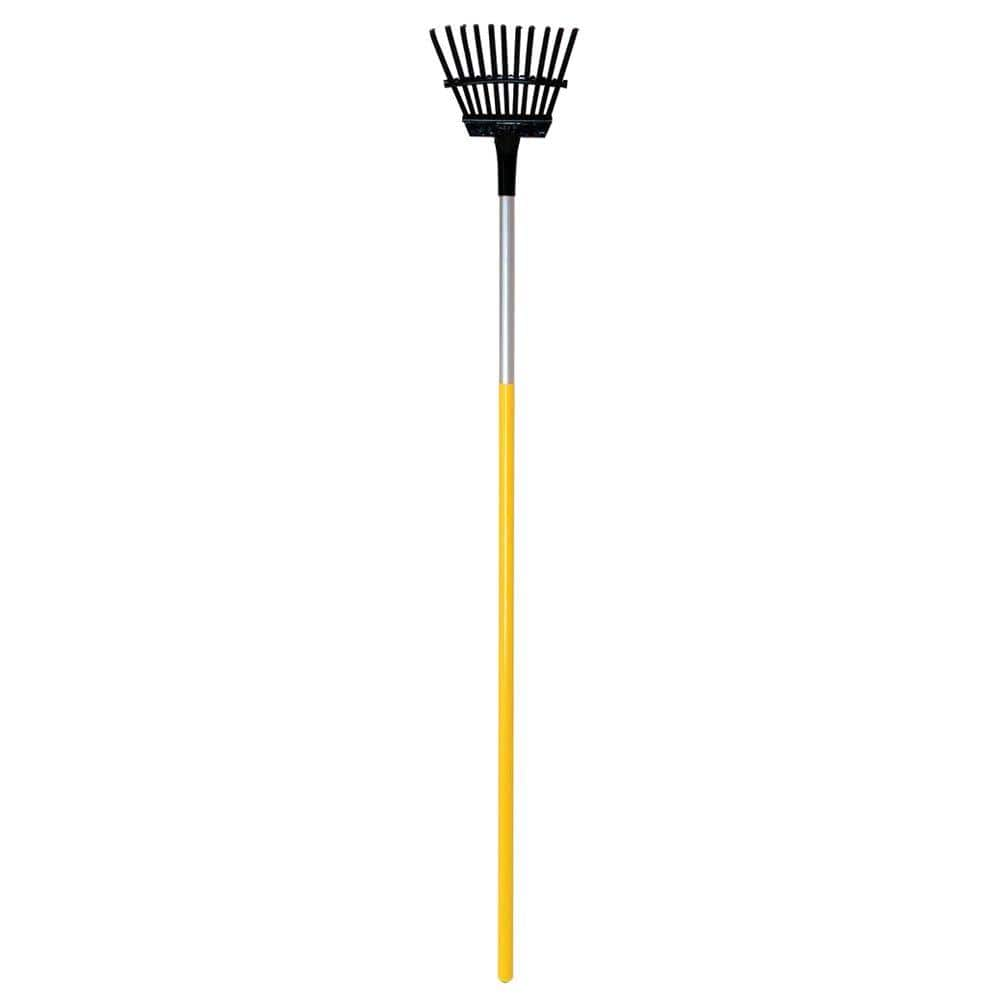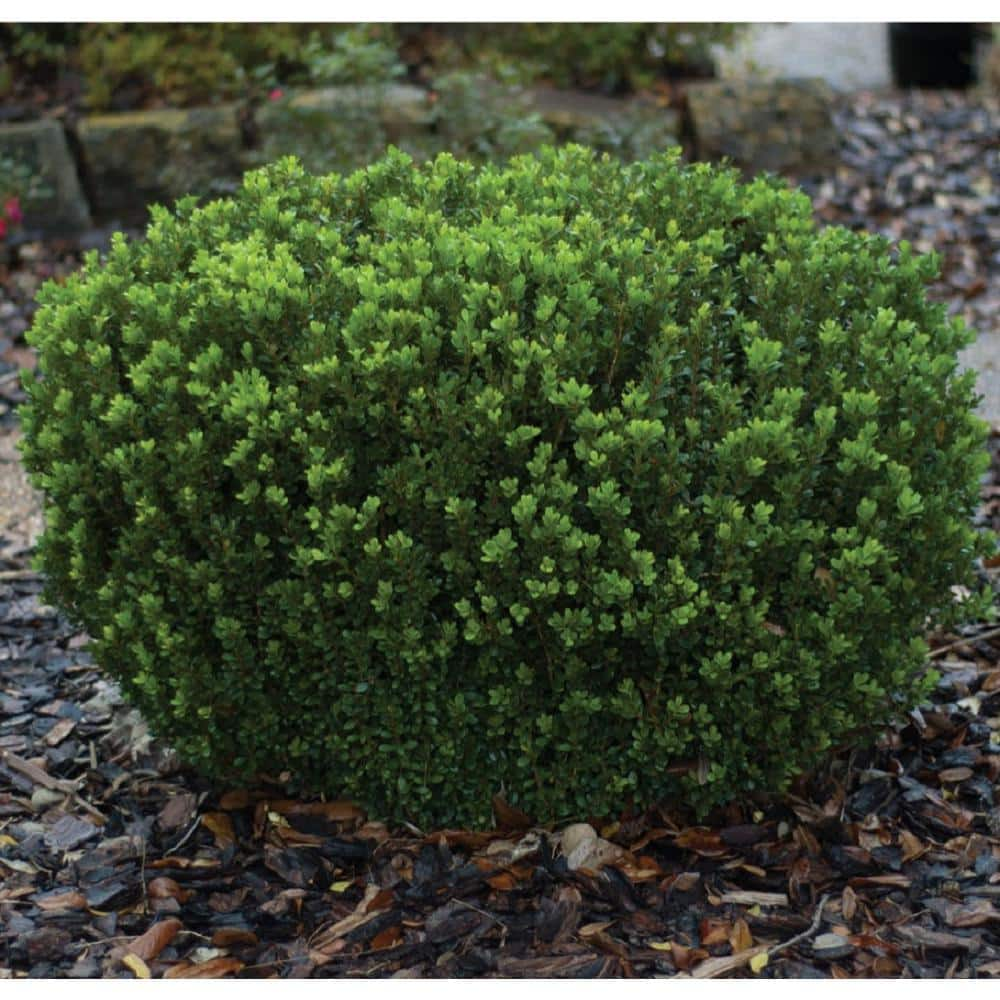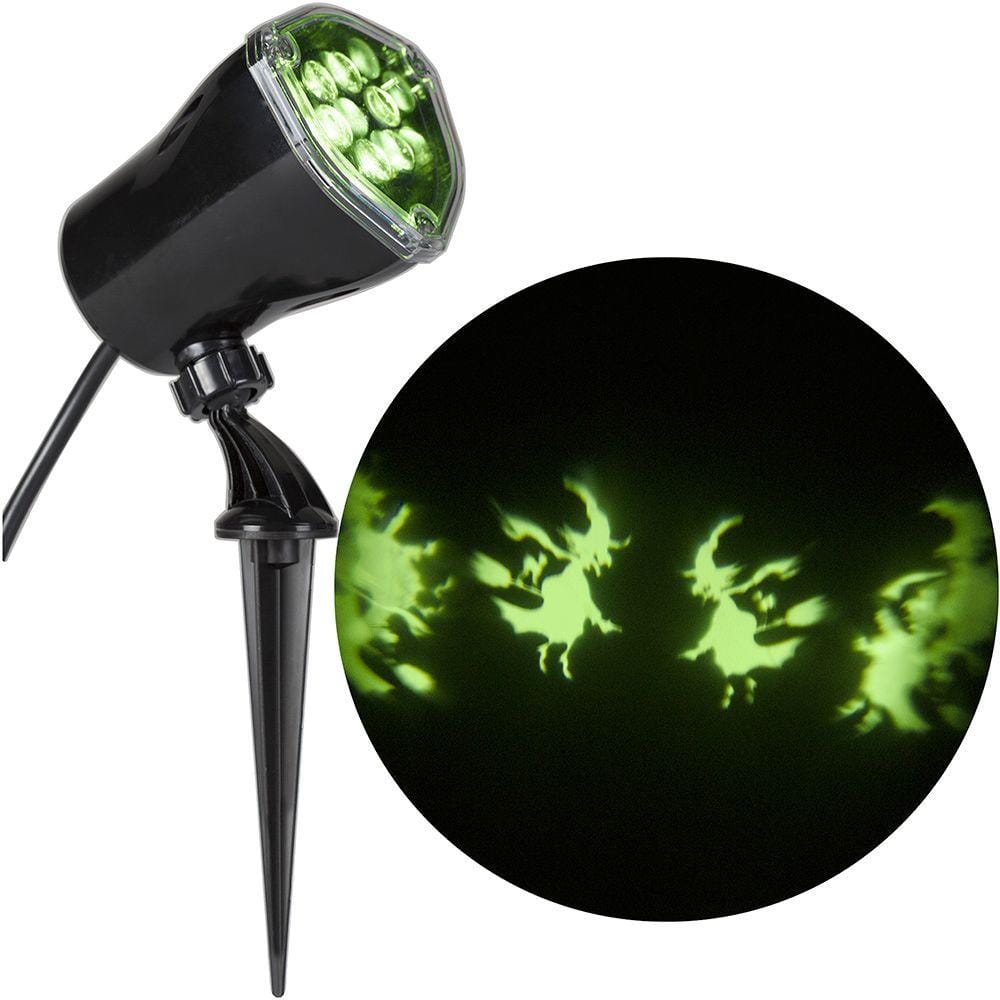12 Fall Gardening Ideas

Last updated August 28, 2025
The crisp golden days of autumn are perfect for gardening activities. After all, it’s harvest, when we celebrate the gifts of the garden. Late summer is the ideal time to change up your outdoor decor, add seasonal style alongside your favorite fall pumpkins and mums and refresh your landscape before the cold season.
This guide highlights a dozen fall gardening ideas.
Table of Contents
Grow Mums in Your Garden
Pumpkins
Outdoor Decor
Fall Garden Chores
Scarecrows
Miniature and Fairy Gardens
Grow Mums in Your Garden

Get your fall gardening game on with gorgeous mums displayed in planters around your home. These exuberant plants bring bold touches of red, orange, pink, yellow and white to your garden decor.
"Mum" is short for "chrysanthemum," and these beauties set the mood for your fall garden. Buy mums when they come into your garden center in late summer or early fall.
Tip: For the longest display life, look for plenty of healthy buds on the plants and know that it takes about 10 days for the flowers to unfurl.
Pumpkins

As you decorate for fall, feature lots and lots of your favorite gourd, in colors from white to orange, and in all shapes and sizes. Pumpkins can be carved into Jack-o’-lanterns, painted or heaped together in an artful jumble.
Use pumpkins from your own garden, if you’ve grown a crop of them. If not, try planting a few next year.
In most of the country, you can plant pumpkin seeds in late spring for harvest by Labor Day.
Outdoor Decor

For autumnal curb appeal, pile on the mums, pumpkins and flowering kale. Use straw bale as a base. Accent it with unusual gourds for a display that will last through Thanksgiving.
You can place pumpkins and seasonal flowers like mums and pansies on both sides of the steps of your porch. Don’t have a porch? You can decorate your stoop or balcony with an arrangement of pumpkins and mums.
For Halloween, add some spooky elements, such as ghosts and Jack-o’-lanterns, to your outdoor space. Once Halloween is over, you can take down the scary stuff, leaving a harvest-themed display.
Fall Garden Chores

As the weather cools off, working outside is much more pleasant than in the heat of summer. Focus on fall gardening chores to get your outdoor space in great shape.
Raking leaves is just the beginning. Fall is also the perfect time to install new trees and shrubs, overseed and fertilize the lawn, prune trees and shrubs, mulch garden beds, put away hoses and organize the tool shed.
Scarecrows

Every holiday needs a mascot, and the scarecrow just might be the one for this season. Purchase a ready-made scarecrow, or make your own with repurposed materials. Settle your scarecrow in a harvest display created with hay bales embellished with pumpkins and seasonal flowers like marigolds and mums.
Miniature and Fairy Gardens

This fall, you can also think small when it comes to gardening. Create a miniature or fairy garden for your own enjoyment or to delight those who pass by. Design a tiny landscape that celebrates the harvest. Or create a spooky spot perfect for Halloween. A scary fairy garden might include a Venus flytrap, a skeleton or a creepy skeletal hand rising from the earth.
Raised Garden Beds

Level up your garden when you install low maintenance, space-saving, raised garden beds. Raised beds are a very efficient way to grow vegetables and cut flowers. This garden style cuts down on pests and weeds, too. If you’ve always wanted raised garden beds, put them on your to-do list this fall.
Plant and Divide Perennials

Dividing perennials turns one plant into many free plants for your landscape. Splitting plants helps perennials thrive and it's an easy project in your fall garden.
Hostas are the most popular perennial for shade, and will eventually need dividing to prevent overcrowding. More perennial candidates for dividing include daylilies, monarda (bee balm) and Siberian iris. The best time to divide most spring and early summer flowering perennials is in fall.
Keep these tips in mind for dividing perennials:
- The day before you divide, water the plants and cut foliage back by a third.
- If you can, choose a cloudy day to divide perennials. Plants recover more quickly if the sun isn’t beating down on them.
- If temperatures do heat up, shade your divided perennials with a row cover and frequently water until the roots are established.
Plant Trees and Shrubs

Shrubs like azaleas, hollies and arborvitae are the foundation of a well-designed landscape. Out of all the seasons, fall months are the best time to plant shrubs.
Autumn's warm days and cool nights give shrubs opportunity to settle into their new living spaces and expend their energy on establishing roots. The fall weather is generally wetter as well, giving new plants the best start before next summer's intense heat.
Steps for planting shrubs:
- Dig the hole two to three times as wide and only as deep as the root ball.
- With a garden knife or the side of a trowel, break up the root ball on the shrub and settle the plant into the hole.
- Position the plant so the top of the root ball is slightly above grade.
- Fill in with native soil to the top of the root ball.
Plant Bulbs

Make sure your spring garden is full of daffodils, tulips and crocuses when you plant bulbs in fall. These spring-flowering bulbs need a cold winter's rest in the ground to bloom at their best when the weather warms.
Nestle bulbs into the soil in fall and like magic, richly colored flowers emerge in early spring, often before snow melts from the ground. In addition to tulips, daffodils and crocus, look for more spring bloomers like hyacinth, grape hyacinth (muscari), lilies and peonies.
Tips for planting spring-flowering bulbs:
- Plant bulbs as soon as possible after buying them so they don't dry out. You can plant them any time until the soil freezes.
- Since bulbs need good drainage, prepare the soil well. Dig to a depth of at least 18 inches, working in compost or sphagnum peat moss to improve soil texture.
Share the Harvest

You don't have to wait until Thanksgiving to celebrate the harvest. Share your vegetable and flower bounty when you're harvesting in fall. Neighbors and friends may appreciate your homegrown tomatoes and zucchini, and nobody will turn down a homemade bouquet of cut flowers, even a simple bundle of zinnias and sprigs of herbs.
Remember to save seeds, too, and share them with friends. Beans and peas are the easiest seeds to save. When you harvest beans during the summer, leave some on the vine to dry, letting pods shrivel until they’re leathery and crunchy and the beans rattle inside.
Next, pop open the pods to release the beans and spread on a screen to dry. You can use an old window screen set up on wood blocks for ventilation. When the seeds dry, store them in paper envelopes labeled with the variety and the date.
Make Plans for Spring

Working outside on fall days is sweet relief after a long, hot summer. Blue skies, cooler temperatures and a change in the air make crisp autumn days the best for gardening. The garden chores you complete in fall will make your spring garden even better.
Do some of the following tasks in fall and get a jump-start for spring:
- Clean vegetable beds and plant fall crops.
- Improve soil with applications of compost and other amendments.
- Rake leaves and turn them into mulch with a shredder.
- Or, leave the leaves for beneficial insects.
- Overseed your lawn.
Fall gardening ideas range from fun to practical. Ready to get everything on your list for fall gardening? The Home Depot delivers online orders when and where you need them.
